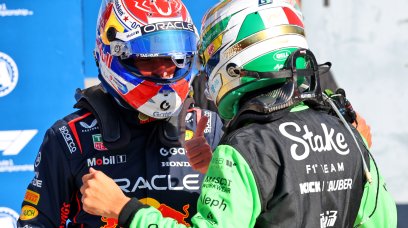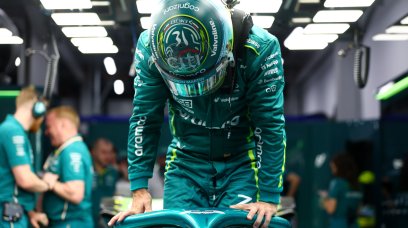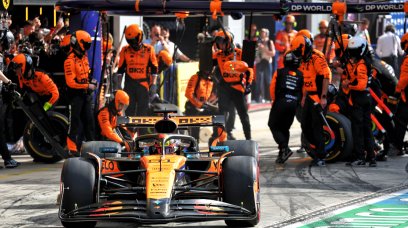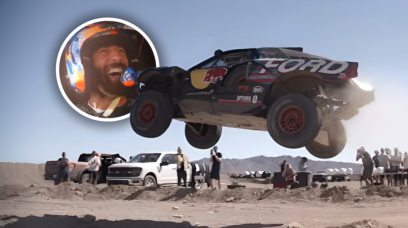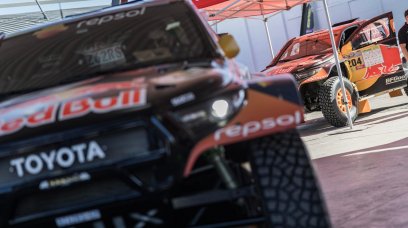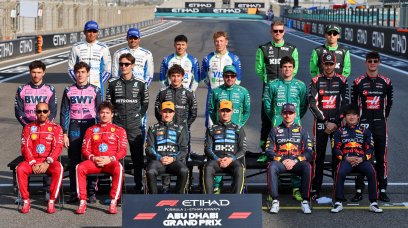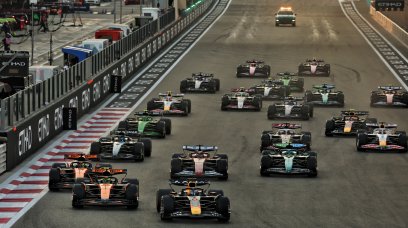Following Lewis Hamilton's reasonably poor start to the Sprint Qualifying race at Silverstone, where the Mercedes man was jumped by Red Bull's Max Verstappen, the team have explained why the reigning Champion wasn't quite able to get off the line perfectly. Speaking as part of Mercedes' post-weekend debrief, Technical Director James Allison explained that there is some natural variation to race starts in general. "If you look at our performance in starts as a whole, we are normally one of the better teams and so this weekend was a little disappointing," Allison said. "Starts are complicated and getting everything right so that the start works exactly as it should do, metronomically every single time with the best and most high performance start possible is a very difficult thing to achieve. It's what we strive to achieve of course, but sometimes we don't get it right in every aspect. With Hamilton earning top spot in Friday Qualifying to start the Sprint Qualifying race from the front, all that hard work was undone the minute the lights went out to being the 17 lap race. Allison explained exactly what had gone wrong for Hamilton. "Well, in general when you do a start you are trying to arrive at your grid slot with your tyres at a temperature that is a little bit higher than you want when the lights go out, because you know that you are going to sit there for several seconds while the rest of the grid forms behind you," he said. "While you are sitting there your tyres are getting cooler and cooler and cooler. And if you have got it just right, then as you go down the grid preparing to arrive at your grid slot you are doing a number of burnouts that lift the temperature of the tyres up above the tyre target temperature that you want at the start. Then you stop in your grid slot, the tyres start to cool and if everything is perfect, then they will have cooled and arrived at your perfect target temperature just at the moment that the lights go out. "Now in our case on the Saturday, Lewis did lots of burnouts, got the tyre temperature up high, in fact he got it higher than we had recommended in the burnouts and was then sitting on the grid with the tyres cooling as we waited for the grid to form behind us. Good job that he got it higher than we had recommended because actually by the time everyone was ready behind him, his tyres had cooled sufficiently that they were actually a little bit lower than the target temperature that we had aimed for. "A bit below where we wanted, so when then Lewis let the clutch out at the start, hitting by the way in the process exactly the target that he had been set, instead of the wheels biting into the road and gripping it perfectly, because the tyres were just a little bit too cold, the tyres instead of gripping the road perfectly they started to spin slightly. That always gives the driver an unnerving feeling because if the tyres keep spinning, the car simply will not accelerate. When the driver lets go of the clutch, he lets go to the specific target, the car is supposed to just leap off into the distance but the clutch is not fully let go at that point, the driver is still holding the clutch at the target." With Hamilton explaining after the race that he had 'hit the target' in terms of his clutch and revs, Allison said that there was a tiny mistake made due to the tyre temperature offset. "So Lewis did that, hit his target, the wheels lit up and Lewis then because the wheels were spinning, wanted to hold the clutch in that slipping position just a bit longer than normal," Allison explained, "because he felt that the engine, if he gave it all of the power of the engine, it would really just continue to make those wheels spin and so he hung on to the clutch for just about a heartbeat or two longer than he should have done in response to that original wheel slip and by hanging on to that clutch just a heartbeat or two too long, he underdelivered power from the engine and as a result people came streaming around him. "It's a tiny, tiny error caused by the mistake that we made in estimating the correct temperatures at the start, which then caused that small initial wheel slip. It's a very, very complex process to get the start dead right and it's easy to just make small mistakes that cause the sort of effects you saw."
Most read

